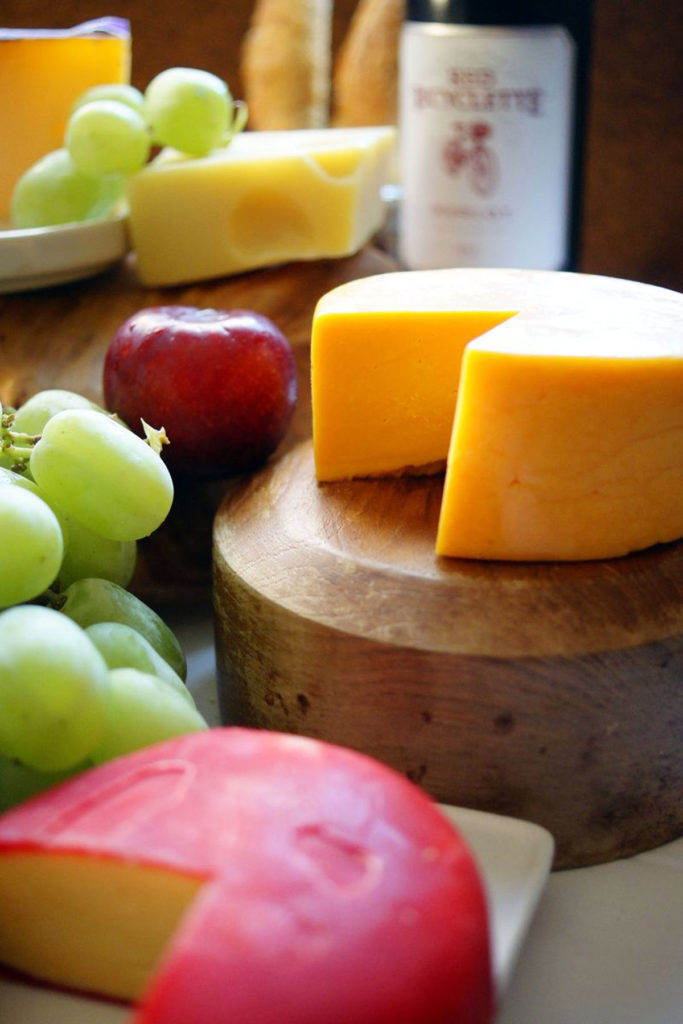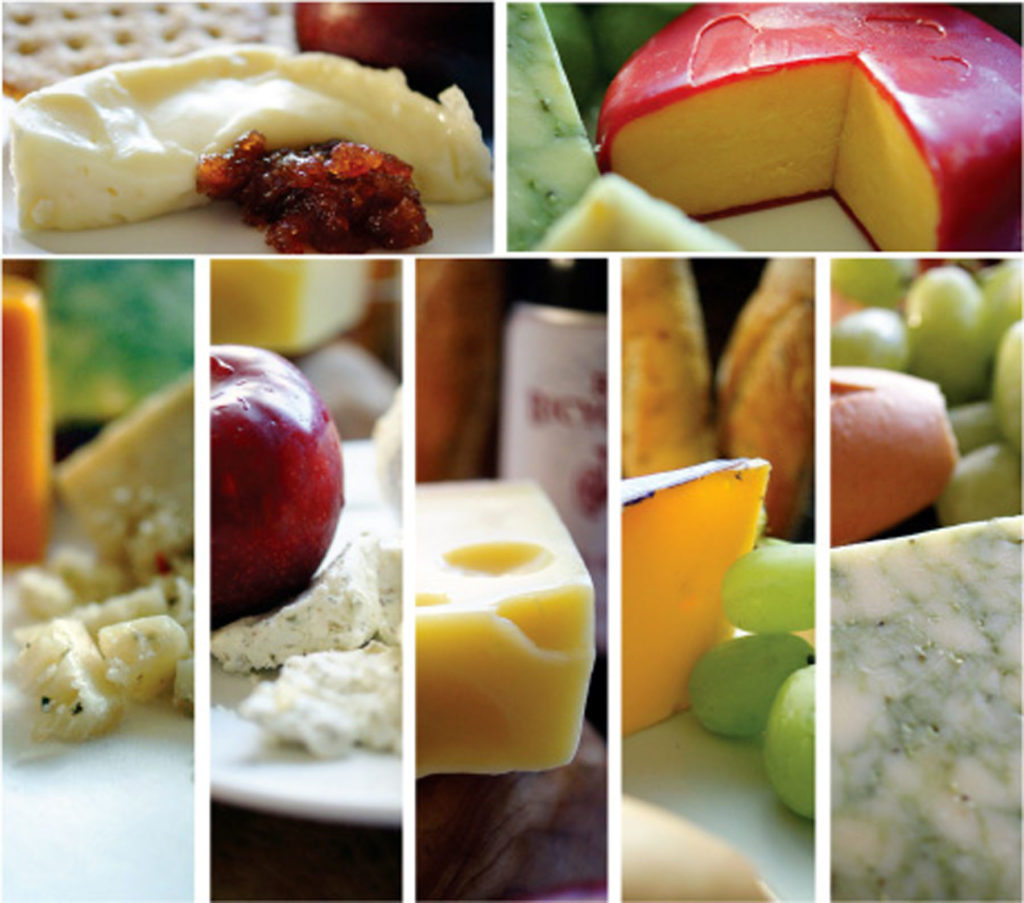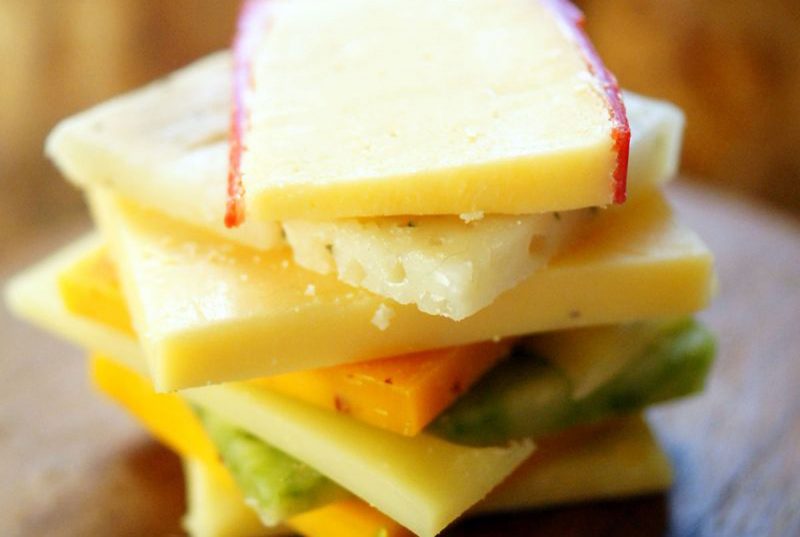There is no discounting the allure of cheese. No matter what type you prefer, almost everyone has a favorite cheese dish. Personally, I could eat my weight in classic Mac & Cheese with Bacon. However, I am perfectly happy with a cheese platter paired up with fruit, meats, bread and crackers, and wine, of course.
Cheese, like wine and coffee, is such a broad topic that we could not cover all of the details in one post. Instead, what we offer up today is a general overview of cheese with some helpful facts and tips.
savour… a big cheese
Cheese is made from milk proteins and fats. The milk typically comes from animals such as cow, goat, buffalo, or sheep. There are other specialty cheeses made from other animals such as moose. The textures and flavors are largely dependent upon where the animal lives and what it eats. Other contributing factors include pasteurization, the butterfat content, aging, and processing. Often times herbs, spices, or wood smoke are added for flavor.
Curdling is a required step in cheese making. This separates the curd (solids) from the whey (liquid). Souring the milk and adding rennet accomplish this. Sometimes an acid like vinegar or lemon juice is added as the “souring” agent, but usually “starter bacteria” is employed. Swiss cultures use also produce carbon dioxide, which causes bubbles and makes holes (as you might have guessed).
Cheese is often categorized by firmness, although this is somewhat arbitrary as there is no standard guide by which to measure. For the most part, you should understand that the firmness is dependent on the moisture content. The pressure and in some cases aging of the cheese affects this.
There is a great deal of information available on the web and at your local library regarding cheese. Like wine, coffee, and chocolate, one very good way to experience cheese and broaden your palette is through a cheese tasting. Visit a cheese shop or the cheese dealer of your nearby specialty supermarket for advice and come away with a small sampling of cheeses. Be sure to take notes on each one so you have some record of your likes and dislikes.
Tips for having a cheese tasting:

Consider serving cheese made from different milks such as goat, sheep, and cow.
Use a different knife for each cheese to avoid mixing up the flavors.
Choose neutral breads and crackers so as to not overpower the flavors of the cheese.
If you aren’t sure where to start, here is a good base:
- Gouda or Gruyere
- Swiss
- Herbed goat cheese
- Brie or Camembert
- English Cheddar or farmhouse cheddar
- Parmesan or Romano

More facts:
- The flavors and textures of cheese are best experienced at room temperature.
- Cheese is produced worldwide and more is eaten in Greece per capita than anywhere else in the world.
- There are conflicting stories regarding the origins of cheese, but we know for sure that it predates recorded history.








